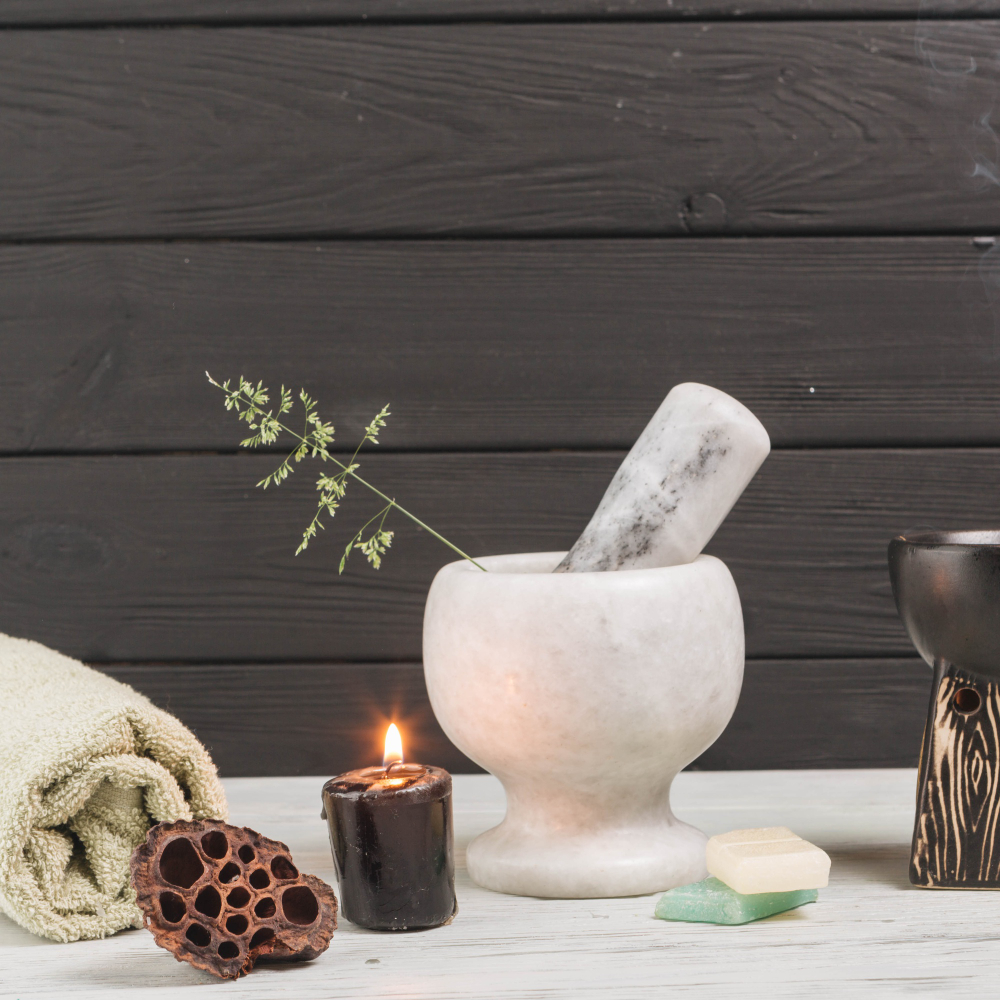
How to Perform a Hammam Massage
A Hammam Rome massage is a traditional ritual rooted in the cultural practices of the Middle East and North Africa, celebrated for its cleansing and revitalizing effects. The process typically begins in a steam room, where the individual relaxes in a warm, humid environment. This initial phase helps to open the pores and prepare the skin for cleansing.
To perform the massage, the therapist usually starts by applying a scrub made from natural ingredients, such as olive oil soap or black soap. This exfoliating scrub is gently massaged onto the skin, removing dead cells and impurities. The therapist often uses a special glove called “kessa,” which enhances the exfoliation process and leaves the skin feeling smooth and refreshed.
After the exfoliation, the therapist rinses the body with warm water, ensuring all soap and impurities are washed away. Following this, a soothing massage is performed, incorporating techniques such as kneading and stroking. Essential oils, often infused with traditional scents like eucalyptus or rose, may be used to enhance relaxation and provide additional benefits. The massage focuses on relieving tension in the muscles and promoting overall well-being.
The Hammam massage can last anywhere from 60 to 90 minutes, allowing ample time for both the cleansing and relaxing aspects of the treatment. The session typically concludes with a moment of rest, where clients can enjoy the lingering effects of the massage and hydrate with herbal tea or water.
Benefits of Hammam Massage
The benefits of a Hammam massage extend beyond mere relaxation; they encompass a holistic approach to wellness. One of the primary advantages is the deep cleansing of the skin. The exfoliation process not only removes dead skin cells but also promotes the regeneration of new cells, leading to improved skin texture and tone.
Moreover, the steam and warmth of the Hammam environment help to detoxify the body. The heat promotes sweating, which aids in flushing out toxins and impurities. This detoxifying effect can lead to enhanced circulation, providing a natural boost to overall health.
The massage techniques employed during the Hammam treatment also contribute to stress relief. By alleviating muscle tension and promoting relaxation, clients often experience reduced anxiety and improved mood. The use of essential oils further enhances this effect, as aromatherapy has been shown to have positive impacts on mental well-being.
In addition to physical and mental benefits, the Hammam massage can also foster a sense of community and connection. Traditionally, Hammams serve as social spaces where individuals come together to relax, share stories, and enjoy each other’s company. This aspect can enhance the overall experience, making the Hammam massage not just a treatment, but a cultural and social ritual.

